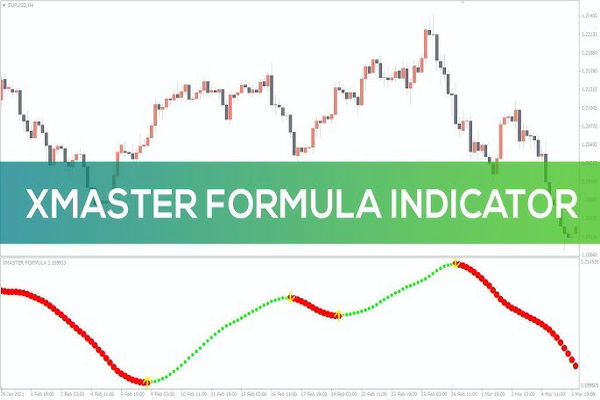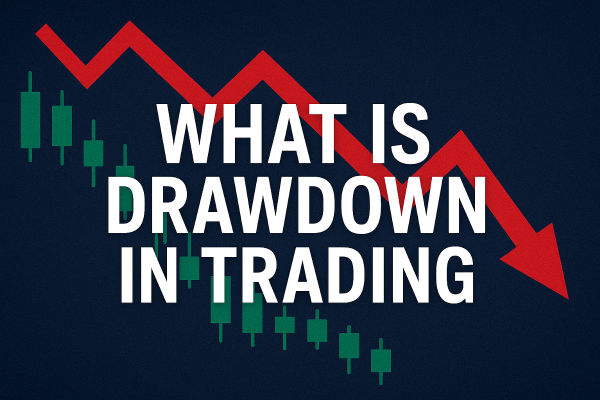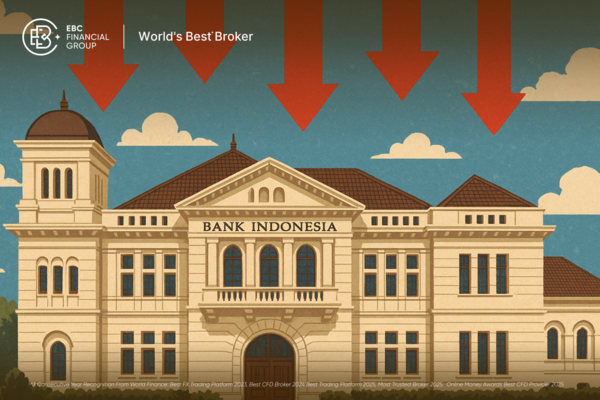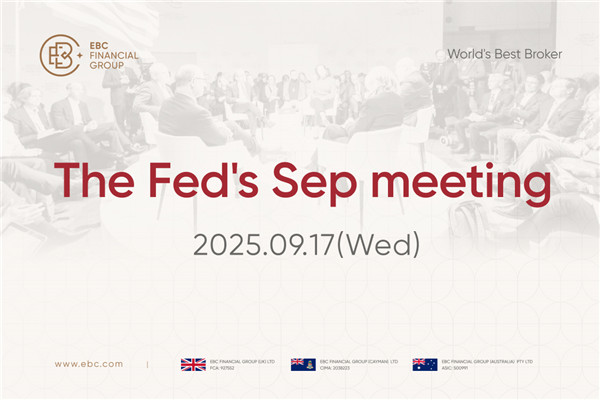In the process of financial transactions, entry and exit decisions are crucial. Entering the market should involve seizing opportunities, while exiting involves managing profit and loss. For short-term traders, it's advisable to consider a semi-automatic approach. This involves manual buying and mechanical selling through Automated Trading software equipped with stop-profit and stop-loss functions. Buying decisions should be deliberate, based on at least three solid reasons, whereas selling should be prompt, triggered immediately by price breakthroughs. It's essential to keep losses minimal and aim for substantial profits, adjusting strategies according to individual circumstances.
The Calculate Formula for Stop Porfit and Loss
Stop-profit and stop-loss strategies are pivotal in managing trading risks. The formula is as follows:
Stop Profit Price = Entry Price + (Entry Price × Target Return Rate)
Stop Loss Price = Entry Price - (Entry Price × Maximum Loss Rate)
Here, the entry price is the initial asset purchase or sale price, target return rate denotes the desired profit margin from the transaction, and maximum loss rate represents the acceptable loss relative to the entry price.
For example, if you buy a stock at 100 yuan with a target return of 10% and a maximum loss rate of 5%, your stop-profit price would be 110 yuan (100 yuan × 1.1), and the stop-loss price would be 95 yuan (100 yuan - (100 yuan × 0.05)). This setup ensures that if the stock price rises to 110 yuan, you gain 10 yuan; if it falls to 95 yuan, you limit your loss to 5 yuan. Implementing a stop-loss strategy helps mitigate risk and safeguard investments during trading.
【 EBC Platform Risk Reminder and Disclaimer 】: There are risks in the market, and investment needs to be cautious. This article does not constitute investment advice.




















